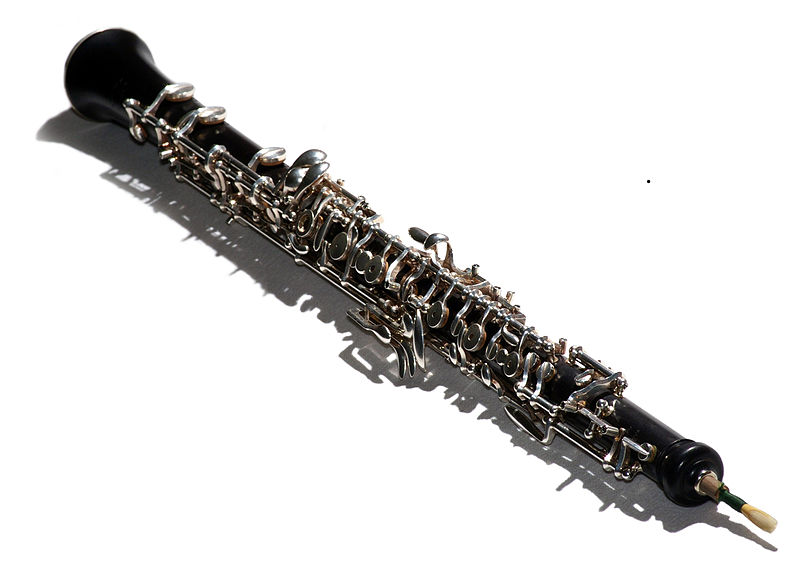Key Difference – Oboe vs Clarinet
The primary difference between oboe and clarinet lies in their structure, sound produced, and usage. Both instruments are members of the woodwind family, but the oboe has a double reed and a conical bore, whereas the clarinet has a single reed and a cylindrical bore. Oboe is a non-transposing instrument, while the clarinet is a transposing instrument. Although both are used in orchestras, oboes are rarely used in marching bands or jazz bands, unlike clarinets.
What is an Oboe?
The oboe is a woodwind instrument with a double reed and consists of four components: the bell, upper joint, lower joint, and the reed. It has a conical bore, meaning the diameter of the tube increases from beginning to end, which results in a clear and penetrating sound that can be heard over other instruments. An oboist produces sound by blowing air through the double reed at the upper end of the instrument, forcing the two reeds to vibrate together. Oboes are most commonly played in soprano or treble range and are used in orchestras, chamber music, concert bands, and film music.
What is a Clarinet?
The clarinet is a woodwind instrument with a single reed attached to the mouthpiece. Blowing through the mouthpiece makes the reed vibrate, producing sound. The body of the clarinet has a cylindrical tube with holes that the clarinetist must cover with their fingers to produce musical notes. The clarinet’s cylindrical bore gives it its bright tone. Clarinets are versatile instruments used in orchestras, concert bands, military bands, marching bands, and jazz bands. A modern symphony orchestra typically has two clarinets: a standard B flat clarinet and a slightly larger A clarinet.
Key Takeaways
- Oboe has a double reed and a conical bore, while clarinet has a single reed and a cylindrical bore.
- Oboe is a non-transposing instrument, while clarinet is a transposing instrument.
- Clarinets are used in various ensembles, including orchestras, concert bands, military bands, marching bands, and jazz bands, while oboes are primarily used in orchestras, chamber music, concert bands, and film music.
